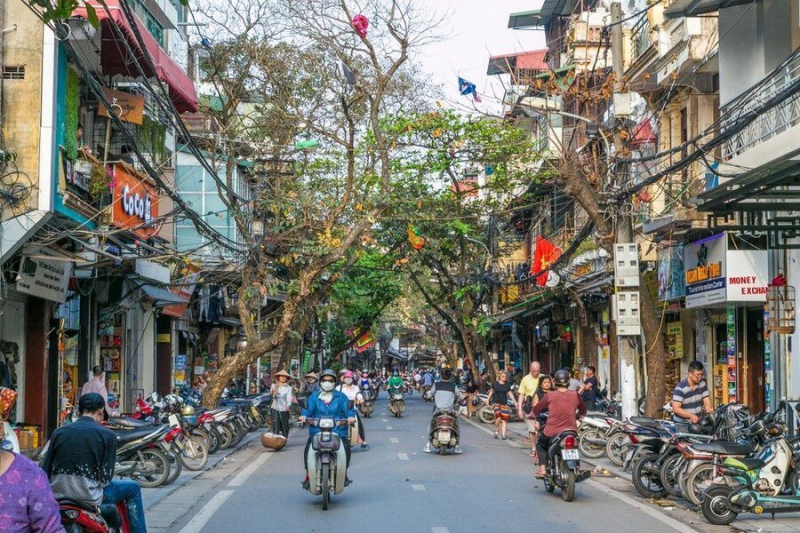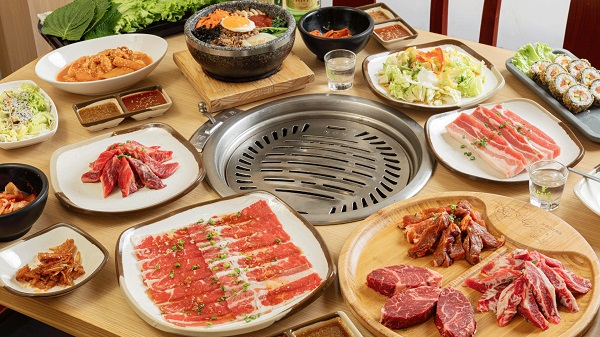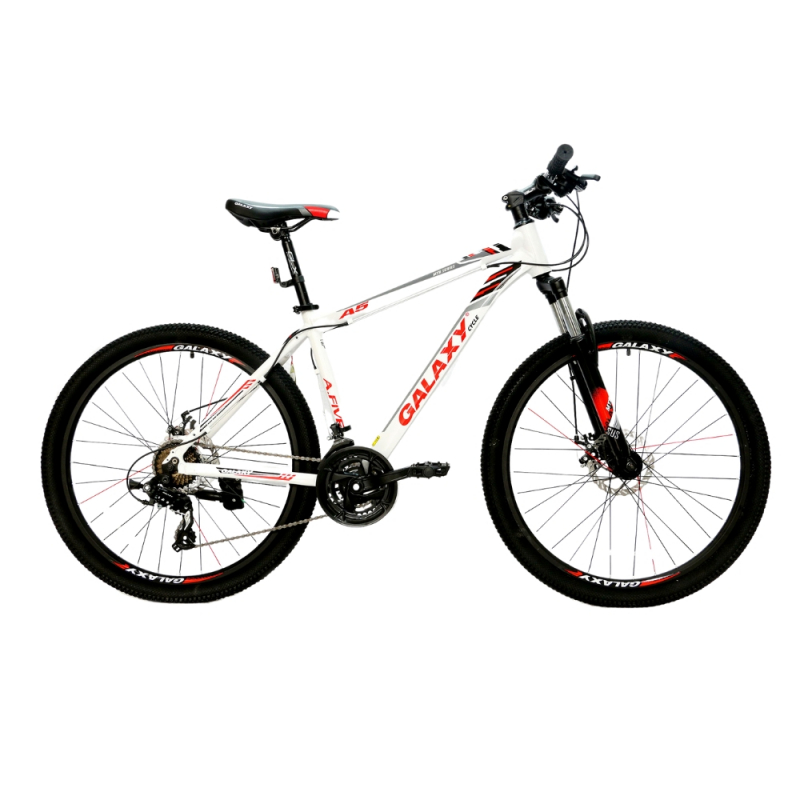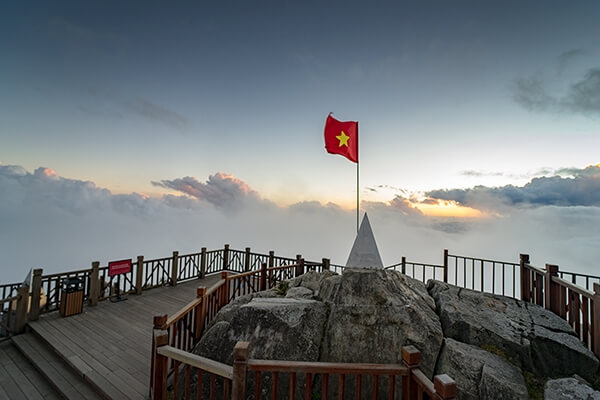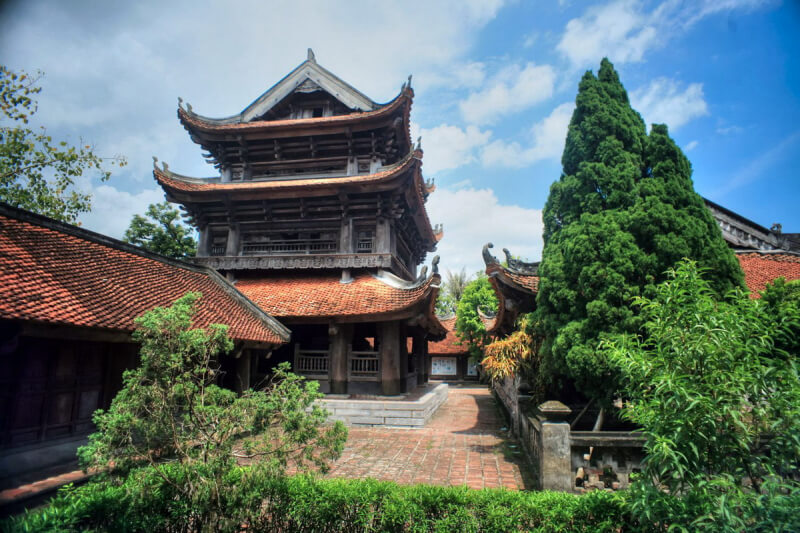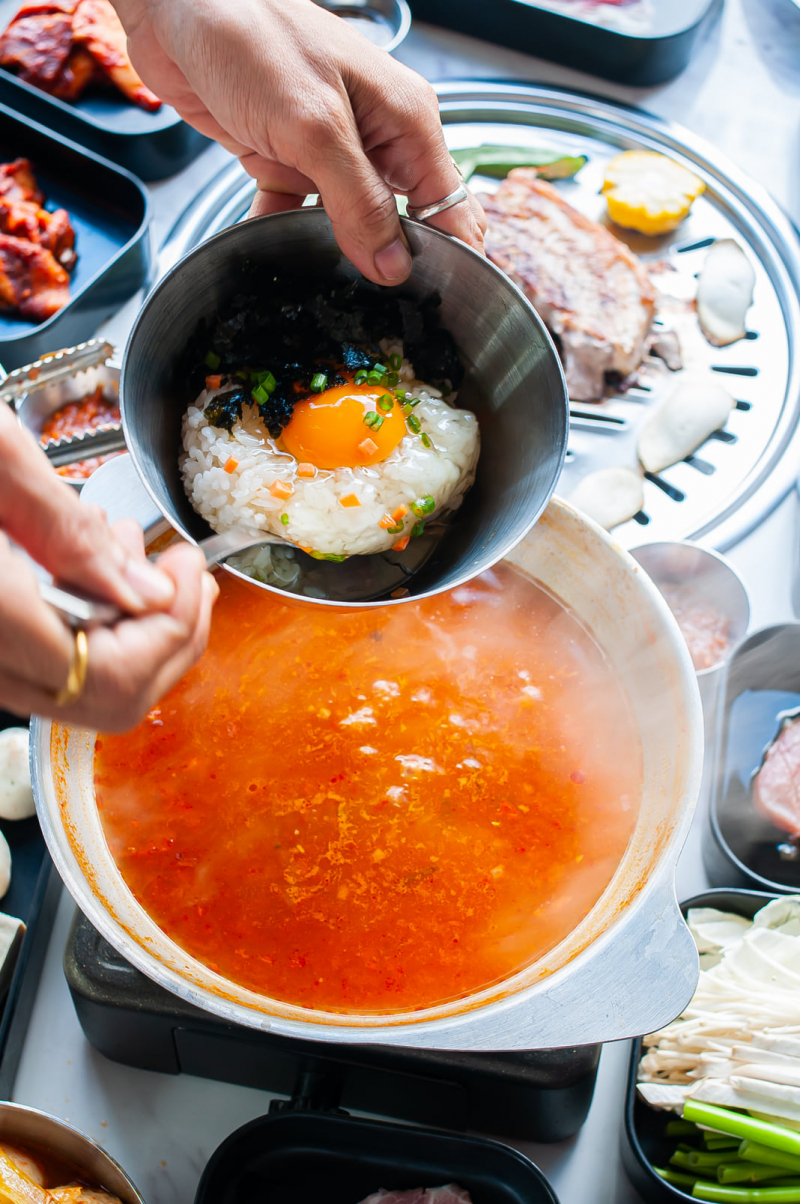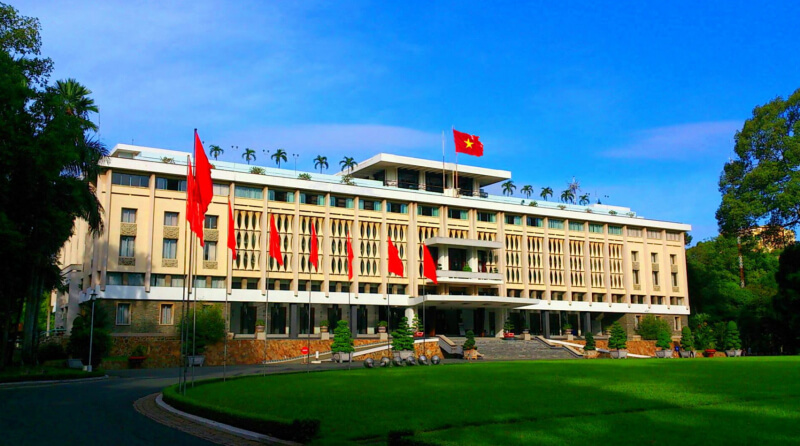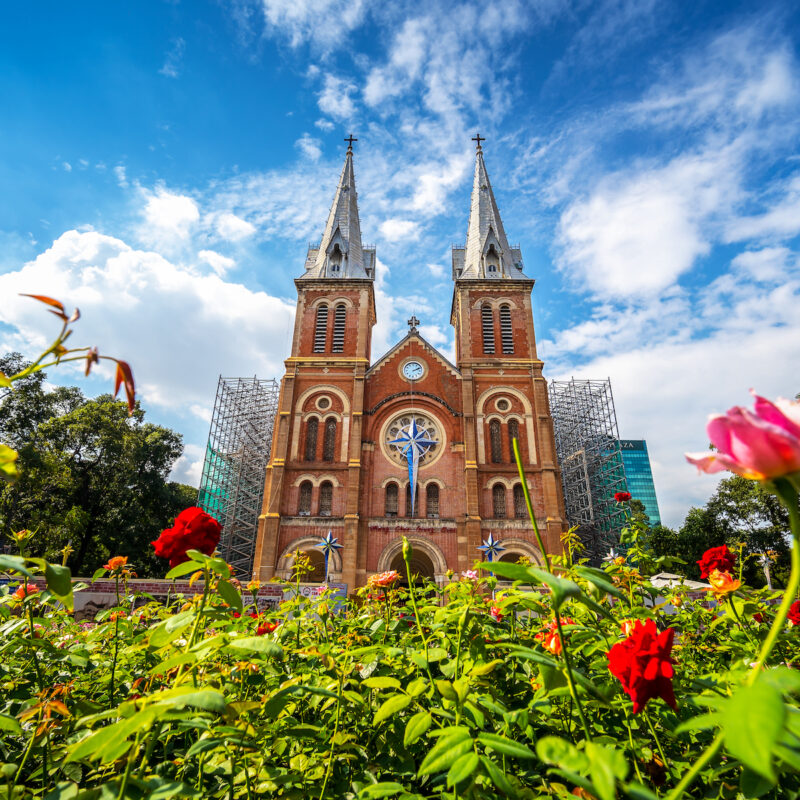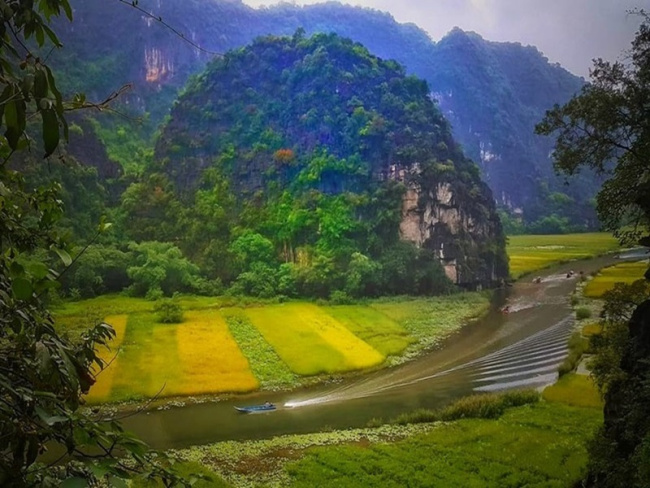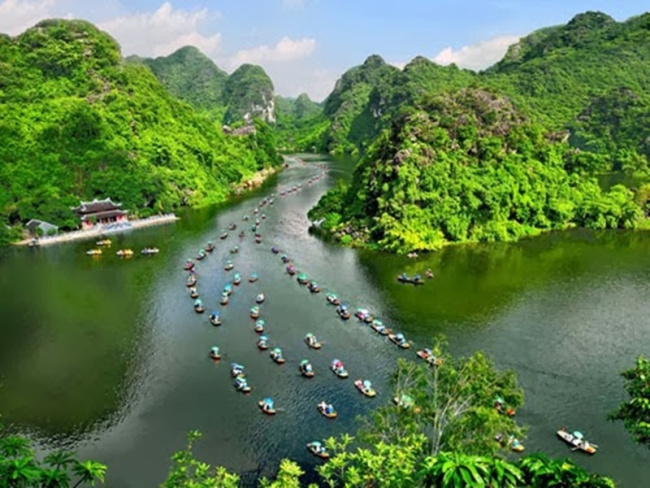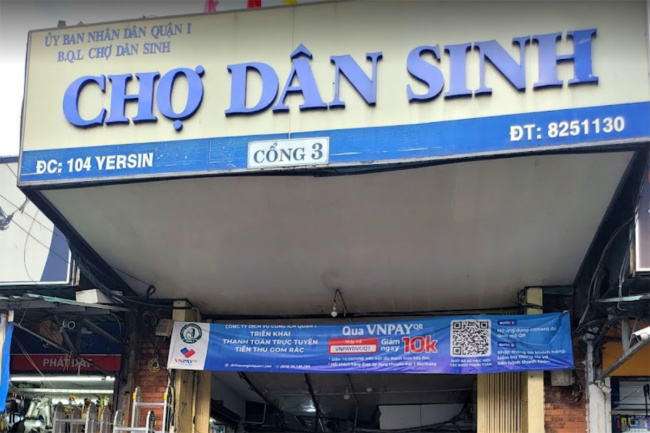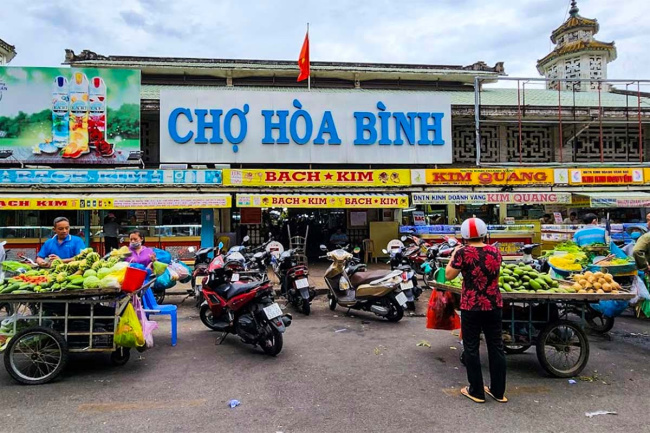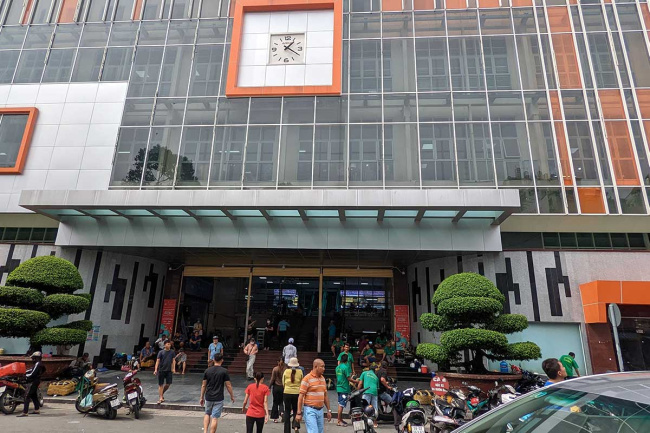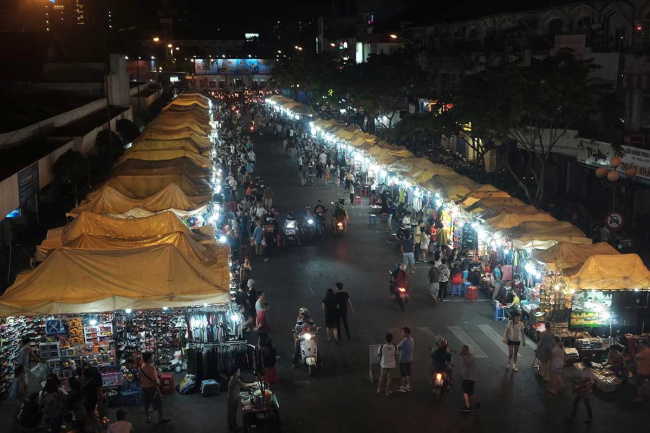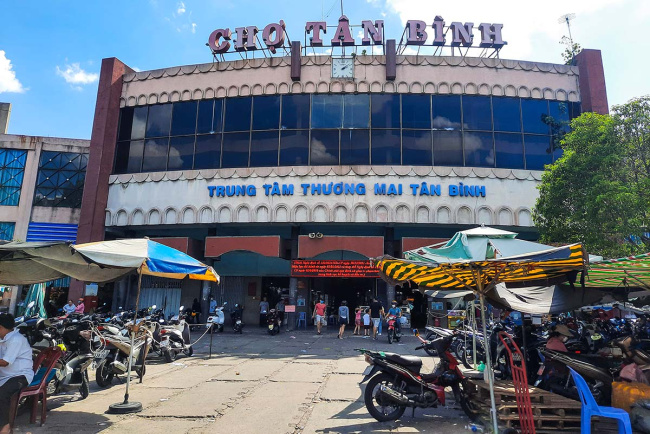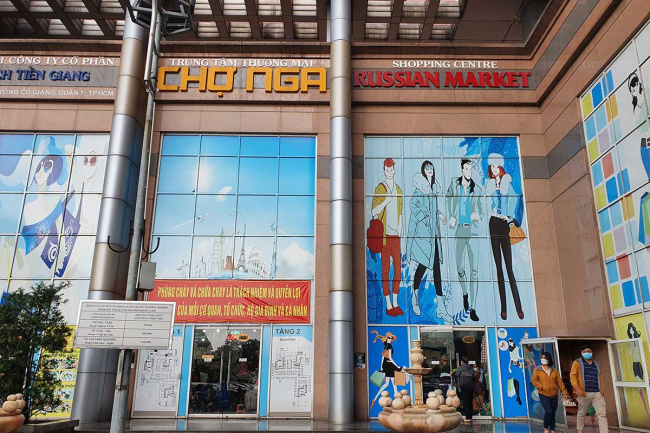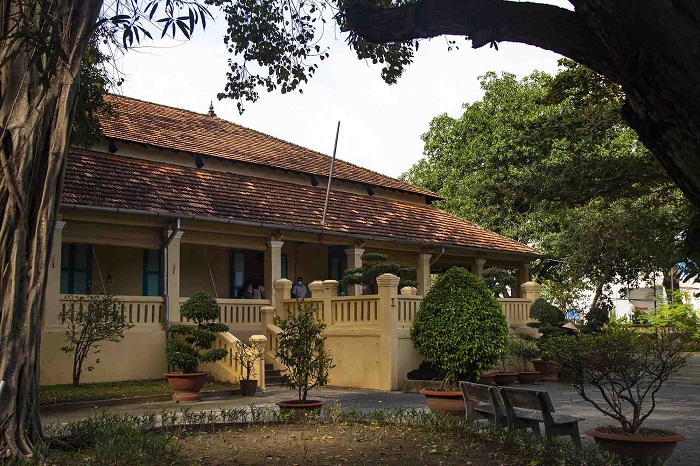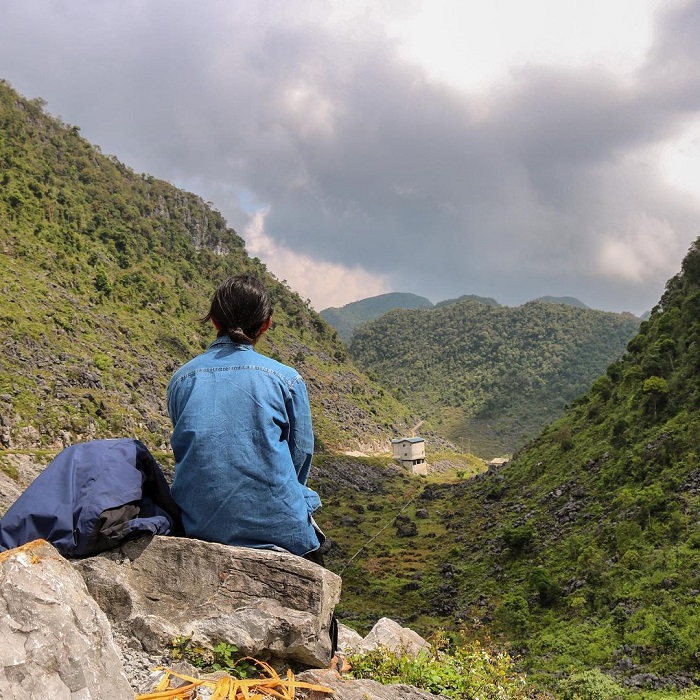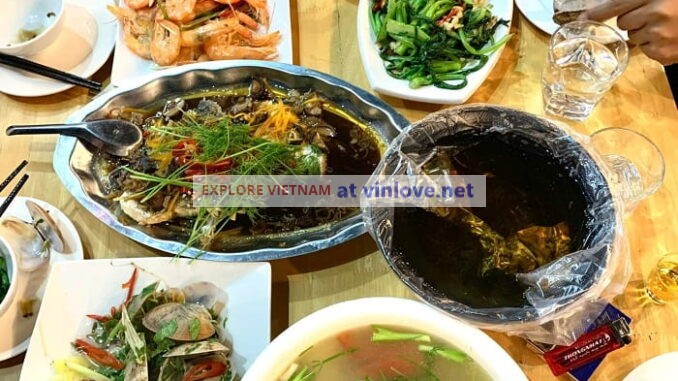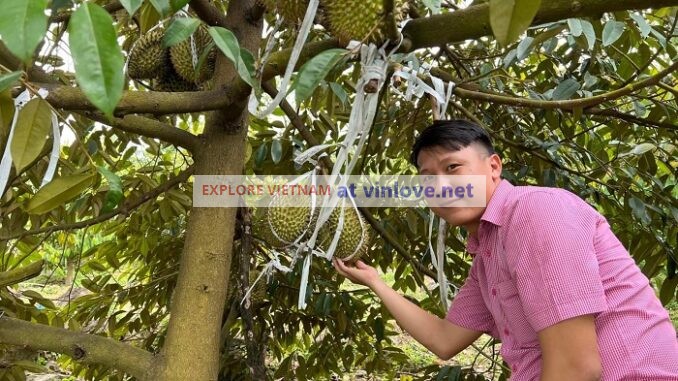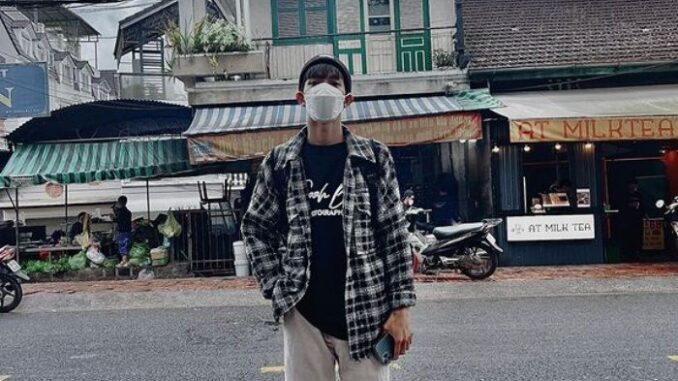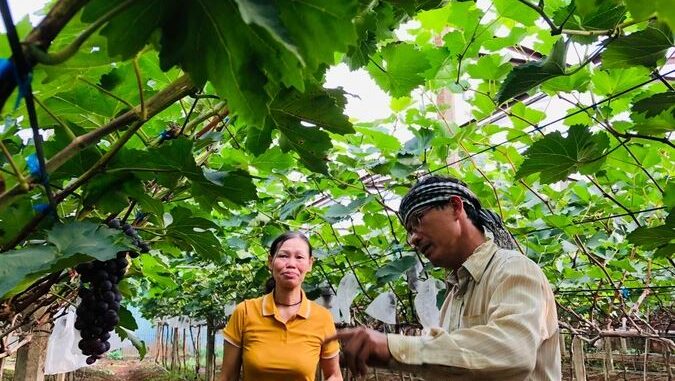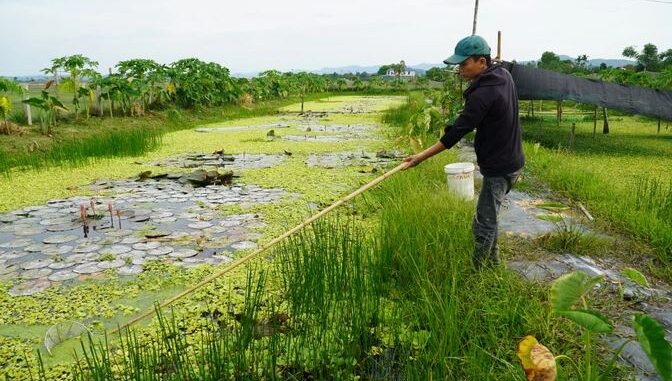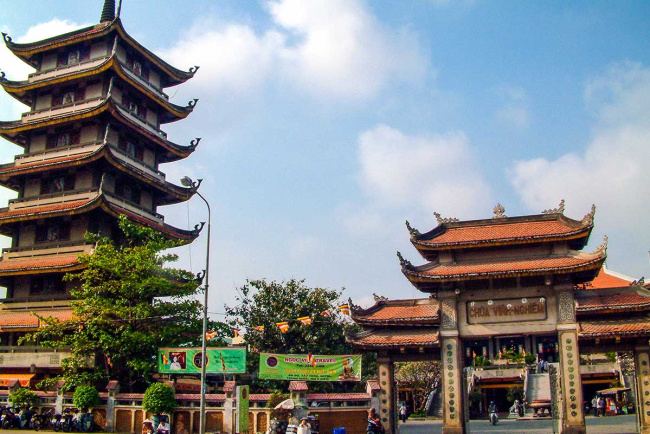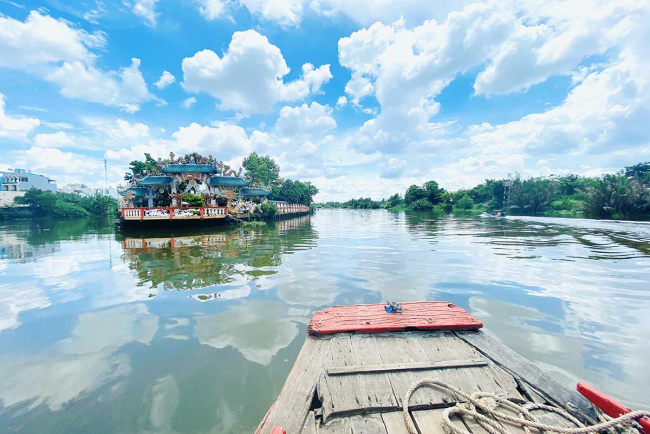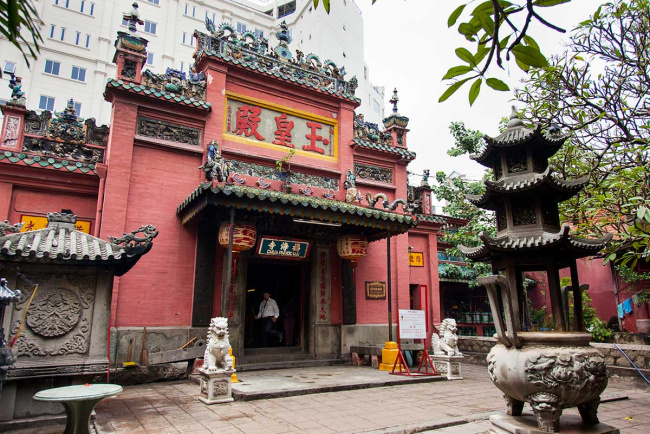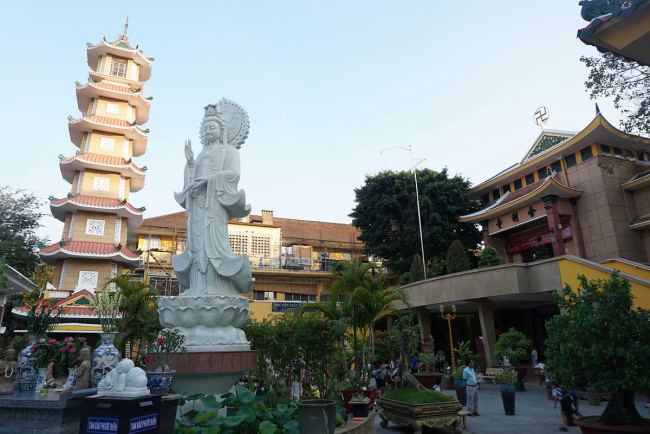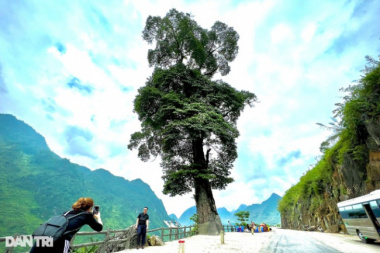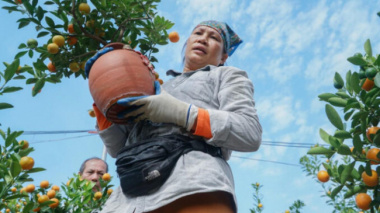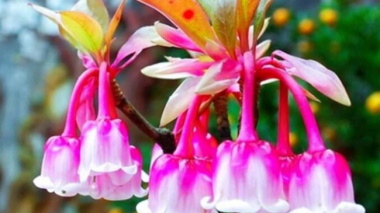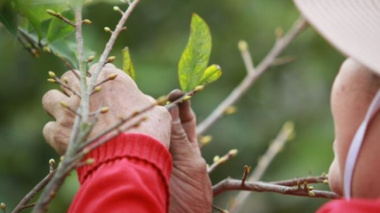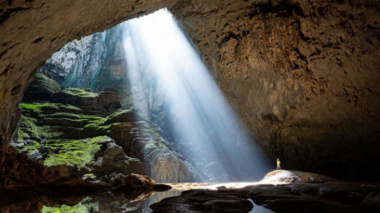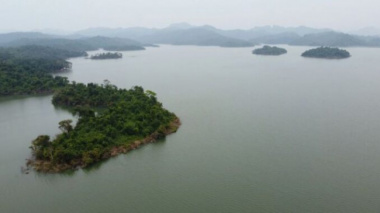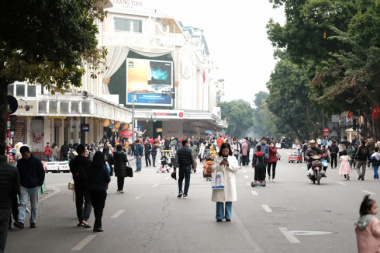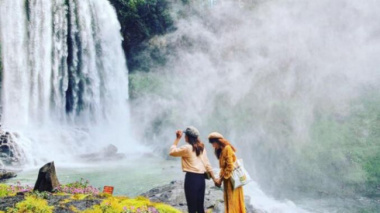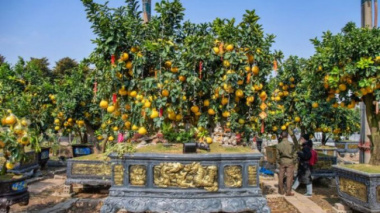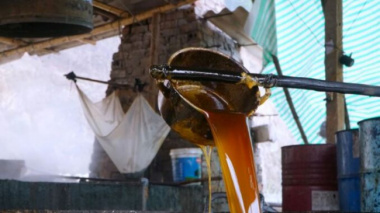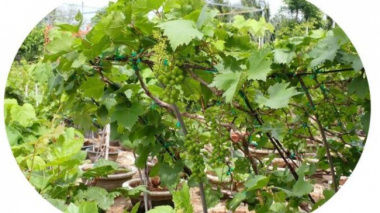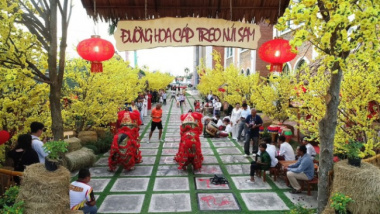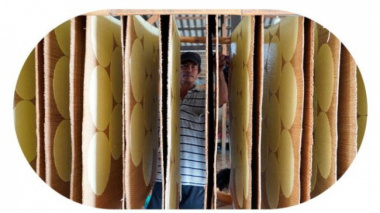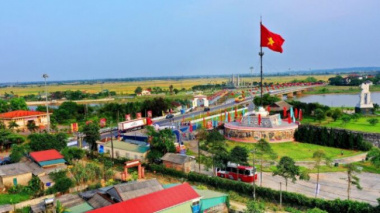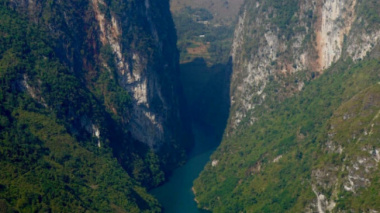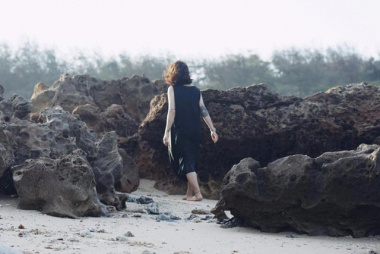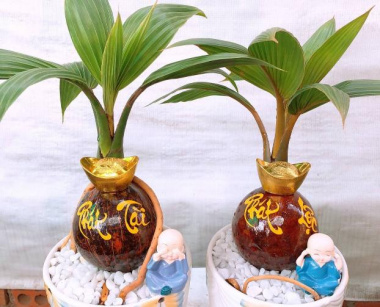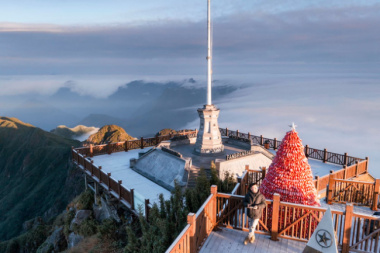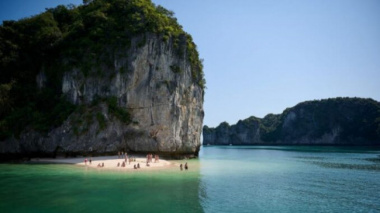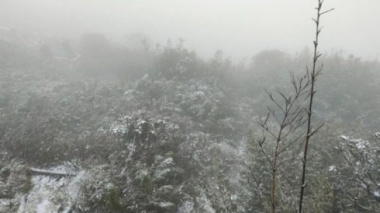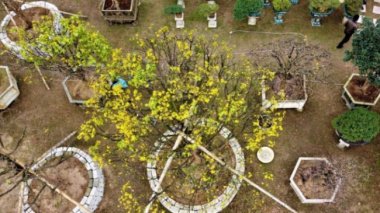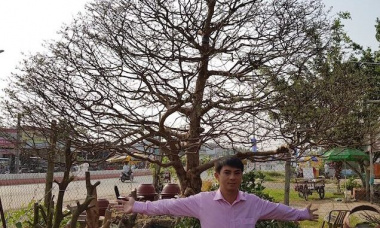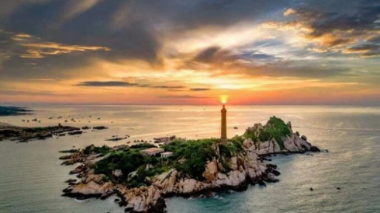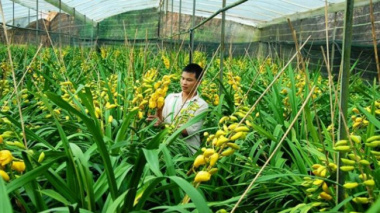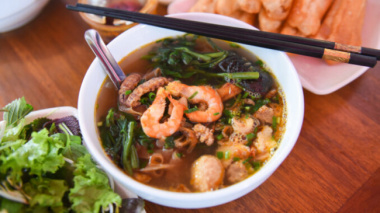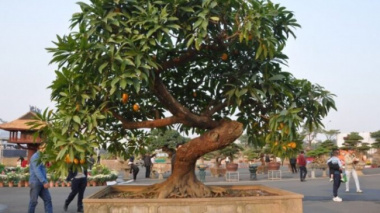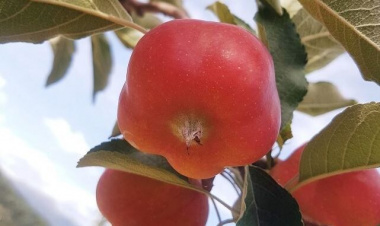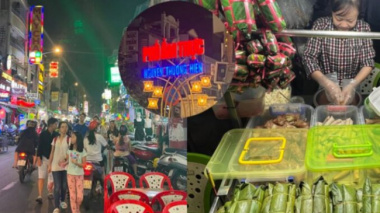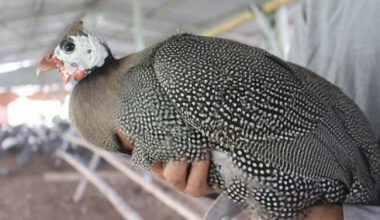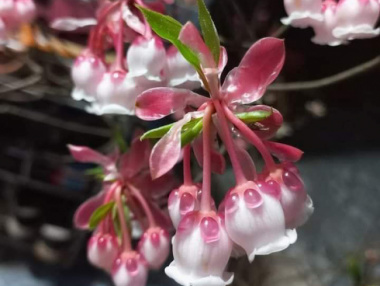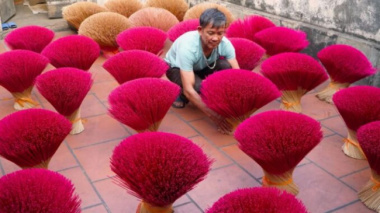Does Vietnam have a Rainy Season?
- Vietnam’s Rainy Season
- Northern Vietnam
- Central Highlands
- Central Coast
- Southern Vietnam
- Average Temperatures
- Pros & Cons of Traveling During the Rainy Season
In Vietnam, seasons are differentiated by the amount of rainfall, with a dry and wet (rainy) season as opposed to the usual sequence of winter, spring, summer, fall seen in more temperate zones. Each season has its own benefits and drawbacks to the erstwhile visitor, and knowing the effects the weather could have on your travel plans will greatly determine how much you enjoy the experience.
Before traveling, here is everything you need to know about Vietnam’s rainy season (aka wet season) and what this means for a visit during that period. So grab your umbrella and waterproof boots as we consider how all that rain will impact your proposed travel itinerary.
Vietnam’s Rainy Season

Misting rain in Mai Chau. Photo: Anthony Tong Lee
Just like Vietnam’s dry season, the realities of the rainy season vary according to location. With a mountainous topography stretching along some 2000 miles of coastline, latitude isn’t as much of a factor as altitude when it comes to weather patterns.
Practically speaking, you can expect at least some amount of rain at any time of the year, but the following is a general guide to the start and end times of the rainy season in specific parts of Vietnam.
Northern Vietnam
When it comes to the rainy season, the North sees two distinct patterns. In Sapa and the mountains along the border with China, the monsoon season usually begins in June and tails off sometime during the month of August. For famous Ha Long Bay and the northern reaches of the coast, rains and tropical storms can be heavy between July and August.
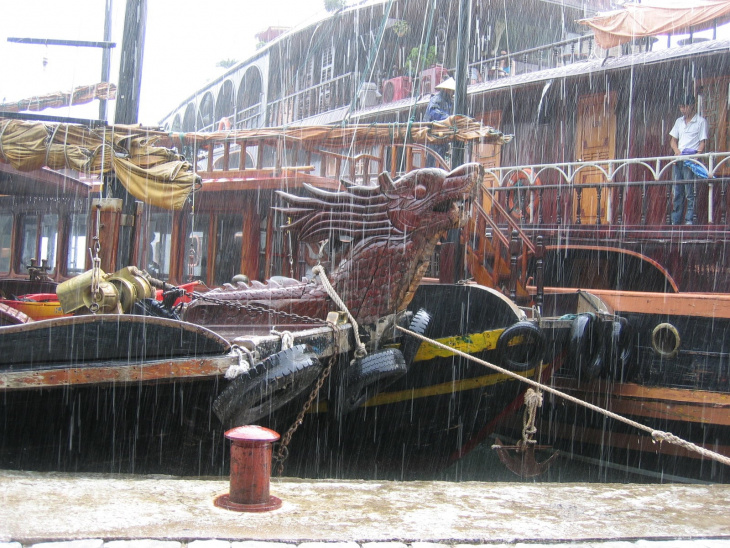
Rain pouring on boats in Ha Long Bay. Photo: Sputnik Mania
Central Highlands
The hilly Central Highlands is best known for the city of Da Lat, where the rain begins lightly in May and grows steadier, particularly from July through September before dwindling down in October.
Central Coast
The coastal region of Central Vietnam, encompassing such popular destinations as Nha Trang, Da Nang, and Hoi An, sees a very different schedule for its rainy season. Wet weather begins to form towards the end of August, with September to December receiving the lion’s share of precipitation.
Southern Vietnam
In the tropical South, Vietnam’s rainy season lasts the longest, with monsoons stretching between the months of May through October. Like the North, the heaviest rains arrive from June to August. It should be noted that the rain usually lasts only an hour or so, with most precipitation coming in the mid-afternoon.
This is pretty well distributed between the regions of the South which include Ho Chi Minh City, the Mekong Delta, and Phu Quoc.

Rain at Ben Thanh Market in HCMC. Photo: Stéphane DAMOUR
Average Temperatures
Like the precipitation, average temperatures vary according to geographical location. In Sapa, the rainy season’s average temperature is a comfortable 20° C (68° F). Ha Long Bay and the Hanoi area typically see temps of 30° C (85° F) while in Da Nang, they range from 22-28° C (71-82° F) depending on the month. Similar statistics are also seen for the beach destination of Nha Trang.
And in the South, temperatures are rather constant year-round, hovering between 27-29° C (80-85° F). Though during the rainy season, the South will usually see very high levels of humidity that will make those seemingly reasonable temperatures feel a lot stickier.
Pros & Cons of Traveling During the Rainy Season
The pros and cons of traveling during the rainy season can be best defined by considering where in Vietnam you intend to travel, and for what purpose. The rainy season in any given location is generally less crowded and less expensive than during times of greater demand. The downside is that certain activities can be curtailed or even impossible when the weather is at its fiercest.

A pagoda reflecting in a pool of rainwater. Photo: Esin Üstün
For example, many come to Vietnam to experience the majesty of World Heritage Ha Long Bay. But a visit during the months of July or August might preclude a visit due to tropical storms. Similarly, in Central Vietnam’s Phong Nha-Ke Bang National Park, some of the world’s largest cave systems are off-limits due to flooding concerns during the rainiest months.
Trekking the mountains in and around Sapa may be impractical or even dangerous during the wettest months, and if all you want to do is laze on a beach somewhere, your best bet is to find a portion of the country that’s experiencing its dry season for an increased chance of ideal weather.
The great thing about Vietnam is that regardless of what time of year you visit, you’ll always find some portion of the country experiencing its peak weather period. And with so many natural and cultural gems on offer, you’ll be blown away by the country’s beauty no matter the weather.
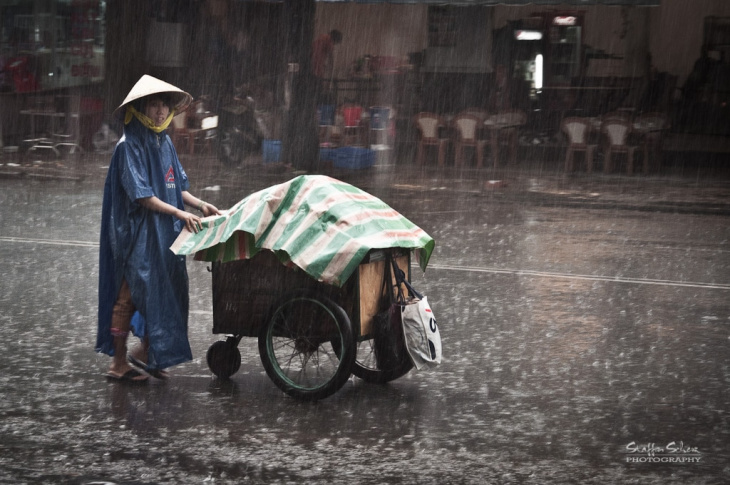
A rainy day in Saigon. Photo: Staffan Scherz
Đăng bởi: Hương Nguyễn Thị


